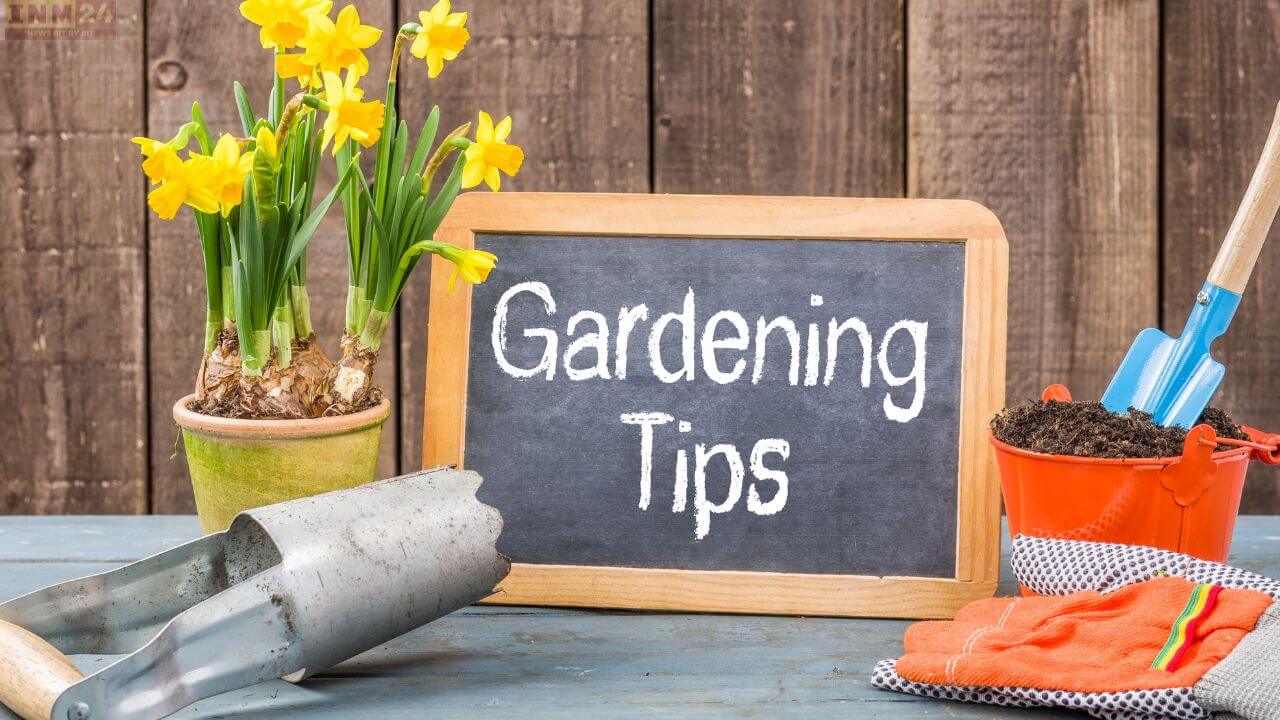Gardening is a passion shared by many, and one plant that finds its place in almost every garden is the vibrant hibiscus. The hibiscus plant, known for its colorful flowers, is a common sight in gardens, adding beauty and charm. With flowers available in three colors – red, pink, and yellow – the hibiscus is not only aesthetically pleasing but also holds medicinal properties. From religious rituals to skincare and hair care, hibiscus flowers are versatile and widely used.
If you notice that the leaves of your hibiscus plant are suddenly falling, it might be a cause for concern. Leaf drop can be attributed to various factors, with changes in weather, excessive watering, and too much sunlight among them. In this article, we’ll explore some possible reasons behind hibiscus leaves falling and discuss ways to care for your plant to prevent further leaf loss.
Common Causes of Hibiscus Leaf Drop
Watering Issues
- Underwatering: Providing an inadequate amount of water to hibiscus plants can lead to dryness and eventually cause the leaves to fall off. Ensure that you water the plants sufficiently, especially during dry spells.
- Overwatering: On the flip side, excessive watering can lead to root rot, affecting the plant’s overall health. The roots become waterlogged, and the leaves may start dropping. Maintain a balanced watering schedule to avoid these issues.
Watering Tips
- Check soil moisture regularly. If the soil feels dry about an inch below the surface, it’s time to water.
- Water in the early morning or late evening to reduce water loss due to evaporation.
- Excessive Fertilization:
- While all plants require nutrients, overfeeding hibiscus plants can have adverse effects. Excessive fertilization can lead to root damage and disrupt the plant’s nutrient balance, causing leaf drop.
Fertilization Tips
- Follow recommended fertilization schedules and guidelines.
- Use a well-balanced fertilizer suitable for hibiscus plants.
- Pests and Diseases:
- Hibiscus plants can be susceptible to pests like aphids and mites, as well as diseases such as fungal infections. These issues can weaken the plant and cause leaves to drop.
Pest and Disease Management
- Regularly inspect your hibiscus for signs of pests and diseases.
- Treat affected plants promptly using organic or chemical solutions, depending on your preference.
- Temperature and Light:
- Extreme temperatures, whether too hot or too cold, can stress hibiscus plants and lead to leaf drop. Additionally, insufficient sunlight or excessive exposure can affect their health.
Temperature and Light Care
- Place hibiscus plants in areas with well-regulated temperatures.
- Provide adequate sunlight, ensuring the plants receive at least 6 hours of indirect sunlight daily.
Taking care of hibiscus plants involves a combination of proper watering, fertilization, pest management, and maintaining optimal environmental conditions. By addressing the potential causes of leaf drop and implementing the suggested care tips, you can enjoy a healthy and vibrant hibiscus garden. Regular monitoring and timely interventions will ensure that your hibiscus plants thrive and continue to grace your garden with their stunning blooms.
Remember, gardening is not just about growing plants; it’s about nurturing and understanding the needs of each green companion in your garden. Happy gardening!
